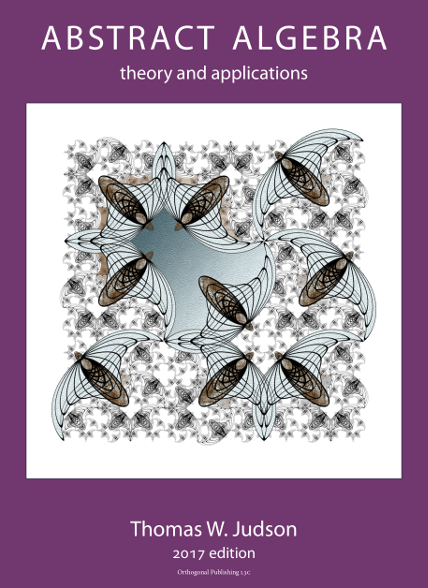Section2Proof Portfolio
¶Mathematical discovery happens in phases. Most new discoveries begin as a conjecture, a mathematician's educated "hunch" about what might be true. Then comes the hard part: the exploration, the scrawled calculations on scraps of paper, the hours spent blankly staring at a whiteboard, and the time spent reading about other related results that might be helpful. Only after the evidence is strong enough and the "right" argument emerges comes formalization, where the argument is carefully organized in a logical progression from beginning to end, any potential missing links identified and filled, and all references and citations appropriately made. Finally comes the presentation where the formal argument is communicated in a way that's appropriate for the audience who is to read it.
Conjecture, explore, formalize, present: This is how mathematicians work. While you're learning abstract algebra this semester, I not only want you to come into new knowledge and skills about the ideas of mathematics; I also want you to have an authentic experience of this process as a nascent mathematician yourself. Your Proof Portfolio is the setting for that experience, where you'll have the opportunity to focus on this process with a particular eye toward its final steps: formalizing and presenting your arguments.
